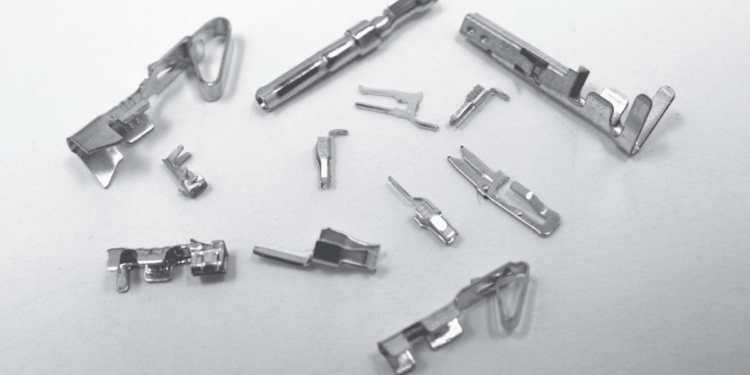Separability requires that a connector has the capacity to be mated and unmated multiple times without any unacceptable effect on connector performance. In other words the wear that occurs on each mating cycle, must be low enough to support the specified number of mating cycles.
Contact interface wear rates depend on the contact force and the mating geometry. Wear rates increase as contact force increases and as the mating geometry becomes smaller. At the same time, the mating force of the connector must be low enough to allow for easy mating of multiposition connectors without mechanical assistance. Both of these requirements benefit from low contact forces.
This is in conflict with the requirement for mechanical stability of the contact interface to maintain the integrity of the metal-to-metal contact interfaces, which benefits from high contact forces. The dependence of these and other connector performance characteristics on contact force will be discussed in this chapter.































